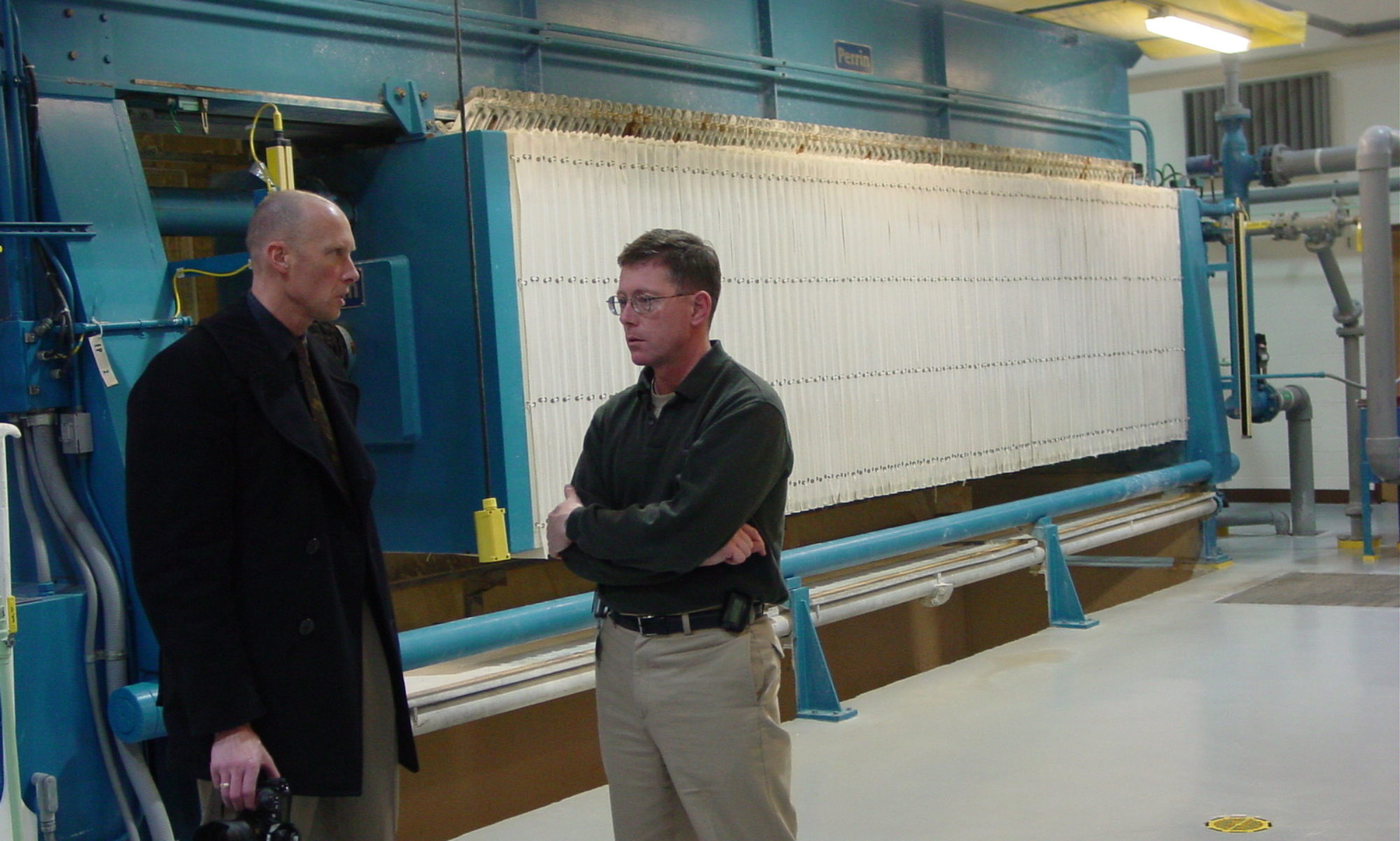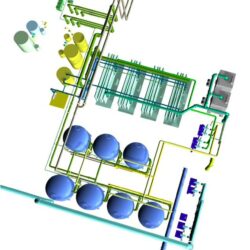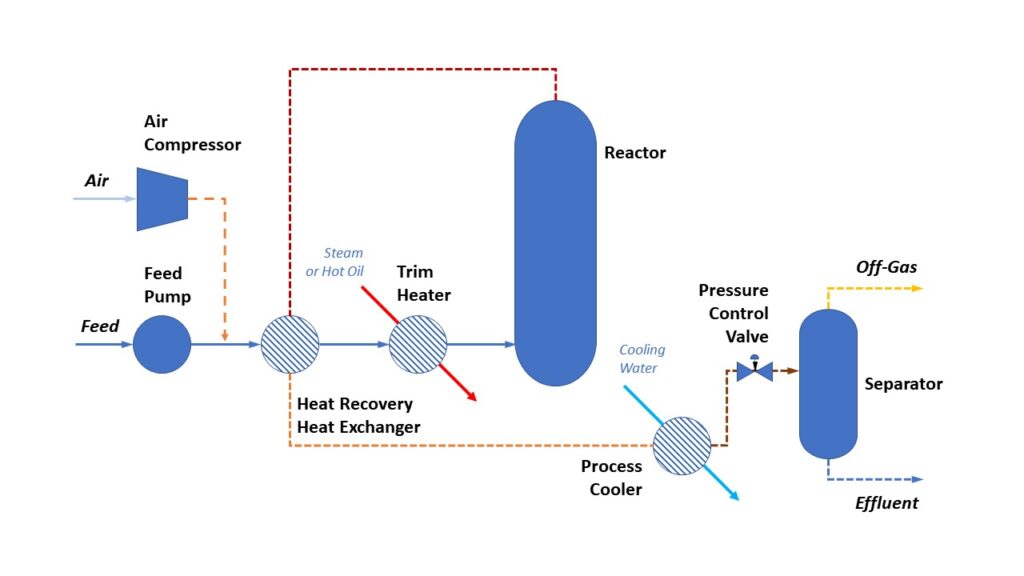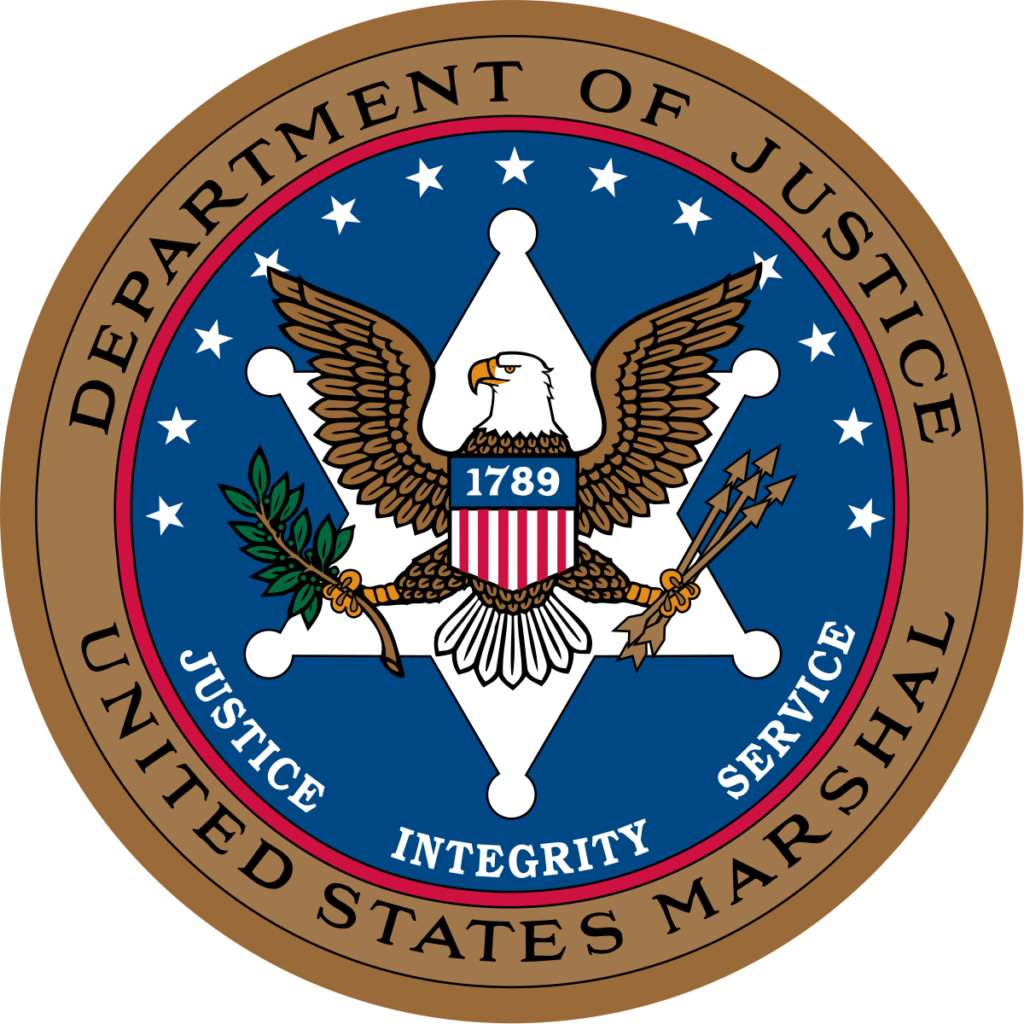Note: Since this post, there are antiviral medications that are now available to treat you if you are infected. Test yourself if you have symptoms. Consult your physician immediately if you test positive for COVID-19.
Today, September 28th, I am freed from the quarantine the Minnesota Department of Health imposed on me on September 5th. Because I have reactive airways due to both heredity and industrial accidents, I was predisposed to complications. I was exceptionally fortunate to have some of the best advice in the world on COVID-19 and wanted to share my experience. This information has the potential to save your life or the life of someone you know.
On September 3rd, Minnesota Department of Health in collaboration with Mayo Clinic set up testing stations at Minnesota State University campuses, including the campus where my partner works. Over lunch, a group of my partner’s colleagues and students took a break from moving equipment into their new laboratory. As they walked across campus, one of the test site workers asked my partner’s group to take the screening test. My partner mentions the testing program that evening.
On September 5th, Saturday, the test lab notifies us that my partner had tested positive for the COVID-19 virus. We were asked to answer the call from Minnesota Department of Health. In the next hour, we receive that call. My partner is to quarantine until September 14th and I am to quarantine for four weeks. If my partner had symptoms, they were indistinguishable from seasonal allergies. They ask a few personal questions about our proximity over the last several days. The Minnesota Department of Health representative simply states that if i don’t have it already, I will.
I go in for COVID-19 screening myself and tested negative as of September 5th. We presume that my partner likely was exposed to the virus on campus. It also meant that I had no people to report to Minnesota Department of Health for tracing.
September 8th, Minnesota Department of Health sends me a letter quarantining September until 29th. Consistent with company policy and my Client policies, that I have to cancel my field work – I work exclusively with essential service providers.
September 11th, Friday, I feel exhausted. The dry cough starts. Friday evening I have a sudden hot flash. I go to bed that night with “the sweats.”
September 12th, Saturday, my asthma is triggered. Consistent with my control strategy, I go on the maximum dose of steroid inhaler at the first sign of viral infection. I call into the pharmacy, they find a prescription on file with a refill remaining. I begin my treatment with a fresh albuterol inhaler.
I call my parents that I am under quarantine and have symptoms. My brother calls back in an hour. He is one of a dozen principal scientists at a global multinational company studying COVID-19 exposure control. Part of that work involved quantifying the viral output of infected people to map the infectious period. He explains that exposure to lower viral loads doesn’t prevent infection, but it can reduce the virulence of the illness. He indicates that the Minnesota Department of Health quarantine period is more than double the actual contagious period. If I am symptom-free for 4 days, then I would (likely) not be exhaling a potentially lethal viral load. I am fortunate to have his advice.
He asks me if I have a room air cleaner. I indicate that I have three running and they are, of course, his company branded hepa filters. My brother indicates that the room air cleaners dramatically reduce viral air concentrations and that gives him confidence that my exposure was lower as a result of having good quality room filters.
My brother urges me to get a digital pulse oximeter to track my lung function. It had been his observation that the worst complications occur when lung function decreases. An oxygen starved body may have any number of complications, including confusion and cognitive impairment. He urges me to go in if the lung functions drop. I schedule a remote appointment with my physician, in case I need it. He has an opening on Tuesday.
That evening, a neighbor calls. He’s distressed that he came home to find his bike stolen and he felt like the management company wasn’t taking his loss seriously. They refuse to walk the garage to look for signs of other thefts. Ugh. Should I break quarantine? I carefully prepare to go out. Touching nothing, I go out to the garage. Sure enough there is another theft – one of my bikes. I was glad I broke quarantine to determine that we had multiple thefts in the building going undetected. (That’s another story.)
September 13th, Sunday, I rest as much as I can. The coughing and asthma symptoms subside with rest. My blood oxygen improves through the day and I continue the albuterol through the day.
September 14th, my partner is released from quarantine and resumes in-person teaching. I work an especially long work day, take an hour rest, then host a homeowner forum and board meeting for my local community. I am able to suppress my cough until after the meeting, when the board members are unwinding. Someone tells a joke and I suppress my coughing fit, perhaps not well enough.
September 15, I wake up coughing at 3 am and can’t get back to sleep. I have a low fever still. I take the inhaler, assess my symptoms and realize this virus is going to take me down unless I get really still until it passes. I talk with my physician at 7:00 am. He is glad that I have a digital pulse oximeter and we agree that if I cannot maintain 90% of normal blood oxygen levels, I am to go directly to the COVID-19 unit at the the local hospital (well not the close one, the one in my network).
September 16th, my blood oxygen levels are nearly (my) normal and the fever is gone. I feel better after having rested and do not get out off the sofa to take the half dozen urgent calls from work.
September 17th, I feel normal again. I keep my work-day to 8 hours. The next day, I feel even better. Compared to the previous weeks, it has felt like a vacation. Because I had broken my hand and foot on August 2nd, I had a follow-up (and hopefully final) set of x-rays. I call the orthopedist, and they require ten days symptom-free and we reschedule for the 28th.
September 28th and I leave my home for the orthopedist. He clears me to bike and lift weights and continue walking slowly working up to running. He suggests Runners World using the beginners program. I go home a free man.
The takeaways here are:
– When you get COVID-19, take it seriously. It’s not like a cold or flu that you can drug down and keep performing. Stop what you are doing and rest until it passes. Otherwise, you may work yourself to death.
– Mask wearing and and room hepa-filtration air cleaners work. They don’t eliminate exposure, but they reduce the possibility that your illness will have complications.
– Buy a digital pulse oximeter and use it to monitor the respiratory illness. Use the readings as an objective quantitative measure to identify when you, or a loved one, needs help. Many respiratory conditions can be monitored – asthma, bronchitis, pneumonia. With extra time on my hands, I found that the digital oximeter works on fingers, toes and ear lobes. (I did stop there!) This means, if you are concerned about circulation in in a foot, use the digital oximeter.
– Talk with your doctor and set up a plan for respiratory illnesses and action points. Steroids help on COVID-19 as they do on other respiratory illnesses. My symptoms did not require Prednisone or the more powerful therapies, but they are available. If you are offered them, take them.




